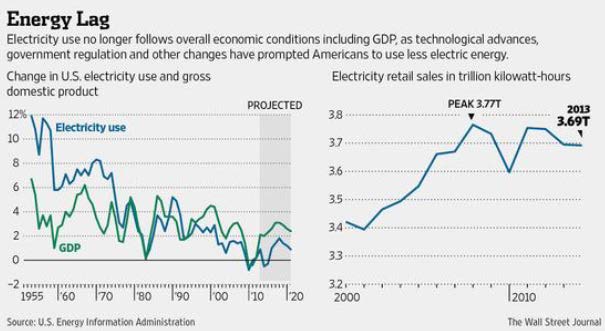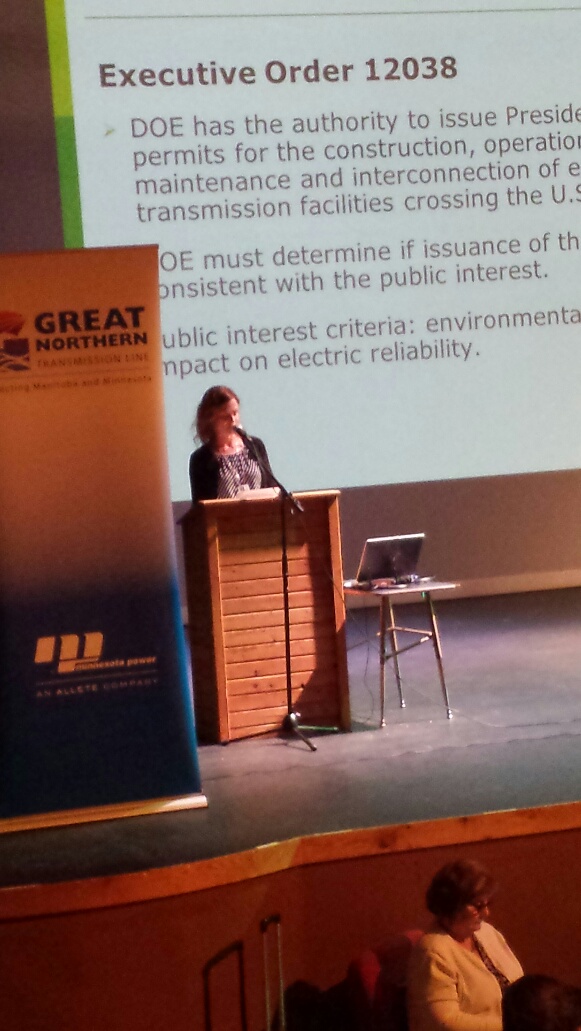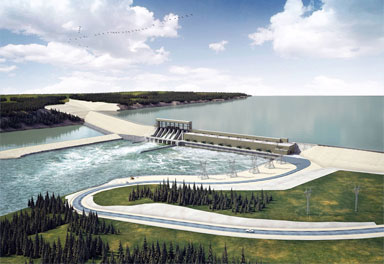Yes, it never ends. Tomorrow, Wednesday, and Thursday, we’re having scoping hearings before the U.S. DOE (and also Commerce). Yes, we’ve been through it before, but this is a MUCH more intense review of environmental impacts, and most importantly, ALTERNATIVES! Please come to the meetings and let them know what SPECIFICALLY should be covered in the environmental review.
These meetings are in an open house format, and after that, a formal comment period where your comments will be taken down by a court reporter. It’s important to give your comments to the court reporter because otherwise it won’t be part of the record and won’t be taken into consideration. You can also send comments in to the DOE:
Comments are due by August 11, 2014. Send comments to:
Julie Ann Smith
Office of Electricity Delivery and Energy Reliability (OE-20)
U.S. Department of Energy
1000 Independence Avenue SW.
Washington, DC 20585
Via email: Juliea.Smith@hq.doe.gov
COME ON OUT TO THE MEETINGS!
Wednesday, July 23, 2014:
Kelliher, MN: Kelliher Public School, 345 4th Street NW., Kelliher, MN, 56650; Wednesday, July 23, 2014, at 11:00 a.m.
Bigfork, MN: Bigfork School, 100 Huskie Boulevard, Bigfork, MN, 56628; Wednesday, July 23, 2014, at 6:00 p.m.
Thursday, July 24, 2014:
Grand Rapids, MN: Sawmill Inn, 2301 South Hwy 169, Grand Rapids, MN, 55744; Thursday, July 24, 2014, at 11:00 a.m.
Grand Rapids, MN: Sawmill Inn, 2301 South Hwy 169, Grand Rapids, MN, 55744; Thursday, July 24, 2014, at 6:00 p.m.






